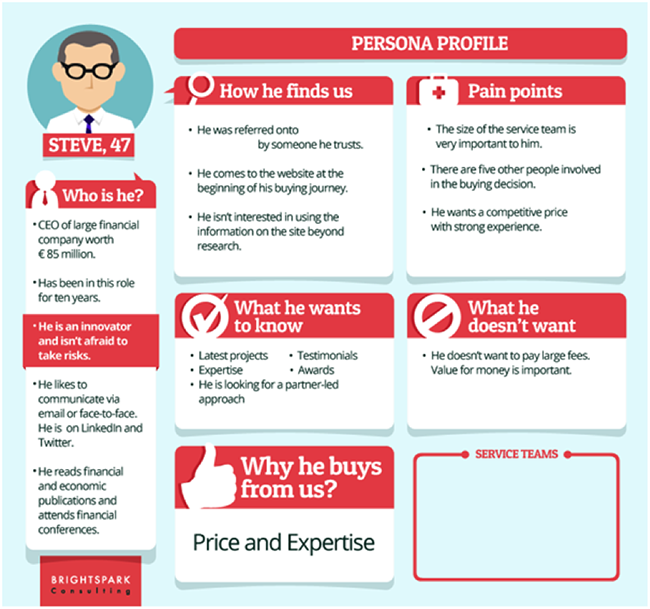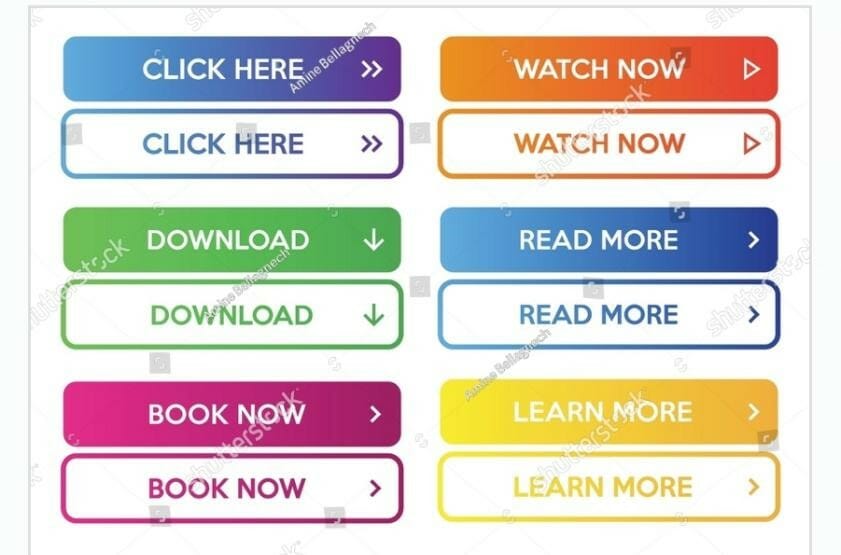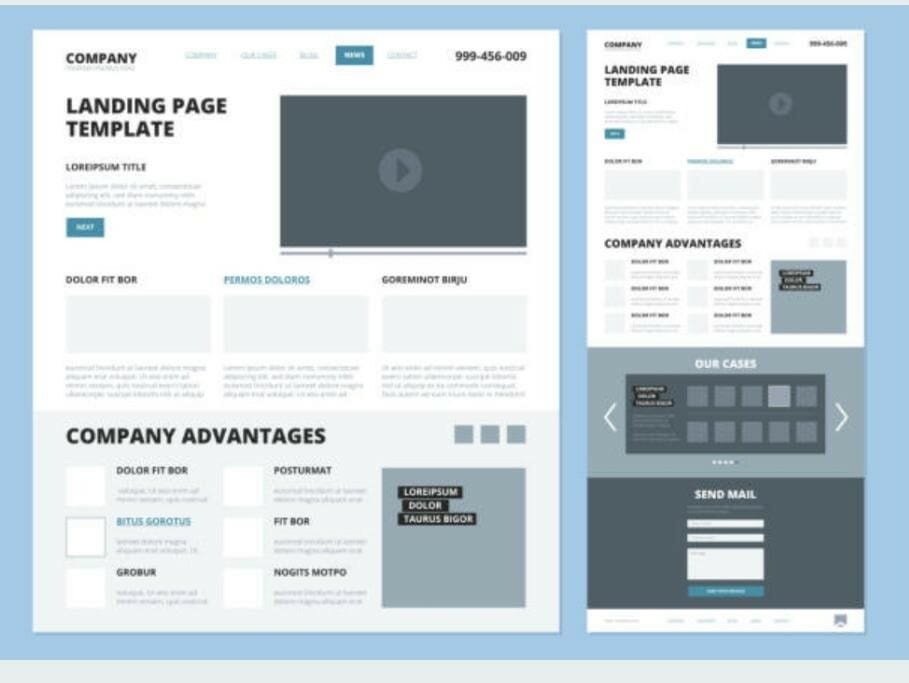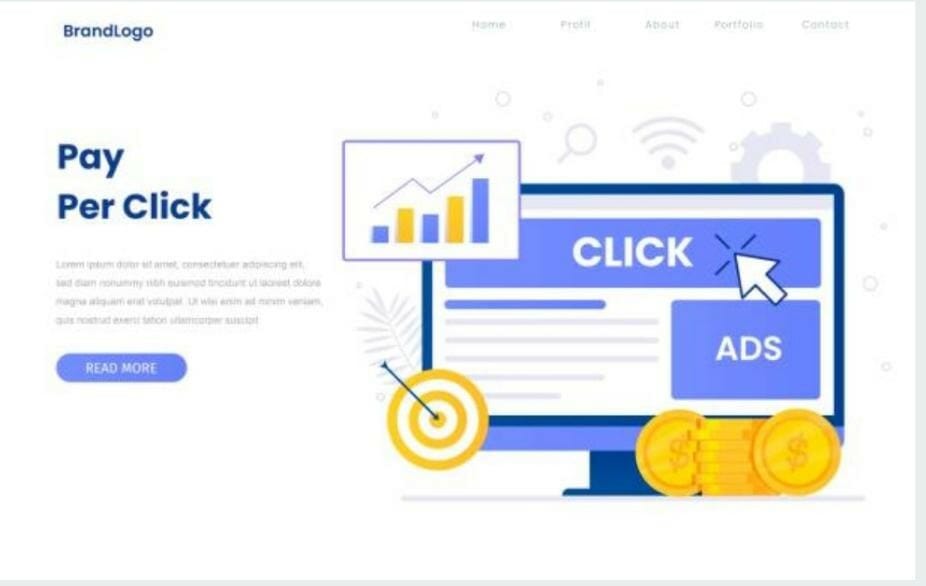If you are running an eCommerce business, you don’t really have an option not to use PPC advertising.
Why?
Because everybody does it. And, more importantly, it is highly effective.
In this article, we will tell you about all the basics you will need to pay attention to when starting your first PPC campaign.
What is PPC?
PPC is short for pay-per-click, a form of digital marketing where the advertiser pays a certain amount every time a user clicks on their ad. Basically, you’re paying for targeted visits to your website, landing page, or app that you direct the users to.

One of the most popular forms of PPC is Search Engine Marketing, also known as paid search. It is popular for bringing quick results, increasing brand awareness, driving website engagement, and boosting sales. Aside from Google Ads, other PPC ad providers include Facebook, Bing, LinkedIn, etc
As a business owner or a digital marketing agency, knowledge of PPC marketing is super important. If you’re new to Google Search Ads, this article will provide a step-by-step guide that you can follow to set up a PPC campaign strategy.
Draw up your Customer Persona.

A customer persona, also known as buyer’s identity, is what gives you a correct profile of your ideal customer. Before you can run effective ads, you need to understand your target market. What are their demographics? What are their wants, needs, pain points, habits, or even the keywords that they search for the most?
Thus, if you want to create effective PPC ads that will yield optimal results, it is important to understand your target market. Thoroughly research and analyze existing customer databases (the easiest way to get them would be using Google Analytics set up services) or create surveys to collect the needed data for creating your customer persona.
Brainstorm Possible Keywords
Once you’ve determined your target market and drawn your customer persona, use the available data to think of keywords that prospective clients may use to search for the products or services you’re offering.
For example, suppose your target market is rich people, and you own a restaurant. In that case, you can include phrases like “fine-dining”, “ambience”, and “cremé-de-la-cremé” in your keyword list as keywords that these specific people are likely to search for. At this stage, write down as many keywords as you can fathom.
Do some Keyword Research
After brainstorming for keywords, you need to refine them and choose the ones you need. The higher the search volume of a keyword, the better. You should also note that the more competition there is for a keyword, the higher you’ll spend on each ad click.
It is also necessary for you to do some research on the keywords that your competitors are using, so you can take advantage of them in your own campaign.
One of the useful tools for Keyword research is Keywords Everywhere. This tool shows you the monthly search volume, competition score, and average cost per click for each keyword. It also suggests alternatives that you can use instead of a keyword.
Include Negative Keywords
Negative keywords let publishers know when and where your PPC ads should not be displayed. By removing your ads from pointless searches, negative keywords can raise the quality of your campaign.
For example, if you sell food packages and a package is named “Super Bowl”, you can include “football” as a negative keyword. This way, your ad will not be shown to people searching for stuff related to the NFL Super Bowl.
To search for negative terms accurately, you can check the suggested terms during the keyword research and leave out the ones that can attract the wrong audience. You can also analyze your Google Search Term report and look for any word unrelated to your services.
Finalize your keyword list based on your budget
Always pay attention to the cost per click for each word when you conduct your keyword research. Very often, the most expensive terms are those with the largest search volume. Consider alternative keywords with reasonable search volume if these keywords are outside your daily budget. You should establish a maximum CPC for each keyword to avoid going over budget.
Write a killer ad copy.
Despite doing all of the above, your PPC ads won’t be effective if your ad copy is substandard. When creating your ad copy, think from your customers point of view. What language would appeal to them? What kind of things do they like?
A killer ad copy has four major components:
- A short, catchy, and descriptive headline
- A short display URL that contains the brand name
- An optimized USP (unique selling proposition) that describes why your customers should buy from you.
- A strong Call to Action that will make them take the required action.
Write a powerful Call to Action

The call to action (CTA) is where you ask the prospective customer to take the required action. It is literally the most important part of your ad and can make or break it. Use a relevant CTA to your offer, and ensure it is strong, short, and catchy.
For instance, if you’re creating an ad to drive traffic to your website, you can ask prospective clients to “sign up now” for an irresistible Offer.
Use ad extensions
As extensions (assets) allow you to add more information to your advertisements that will entice people to click the link for more engagement. There are various types of ad extensions:
- Sitelinks extensions direct your customers to unique landing pages on your website
- Call extensions that allow you to include a telephone number
- Location extensions, if you want them to visit your physical store
- Price extension, which shows the price of your products or services
- And a lot more.
Build a conversion-optimized landing page

It is not enough to have all the above features without a conversion-optimized landing page. The landing page is what ultimately determines the number of conversions you’ll get.
Make sure that your landing page consists of a simple yet persuasive ad copy, great designs, brand reviews, and a powerful CTA. It’ll also help you greatly if the landing page is easy to navigate.
Also, it is in your best interests for the USP and products advertised in the ad copy to be the same as those on the landing page. This way, clients can take the brand seriously.
Track, adjust, improve.
Like every other learning opportunity, it’s okay if you don’t totally get it right on your first try. The beauty of PPC marketing lies in that you can track your ads, adjust them as necessary and improve on them. Ensure to track important metrics like click-through rates, conversion rates, etc.
Also, don’t be afraid to test new waters if your goal is to achieve maximum results. Switch up your CTA, and test different aspects of your ad until you’re satisfied with the results.
In conclusion, your decision to start PPC marketing is a step in the right direction. We hope this article serves as an accurate PPC tutorial for you.





